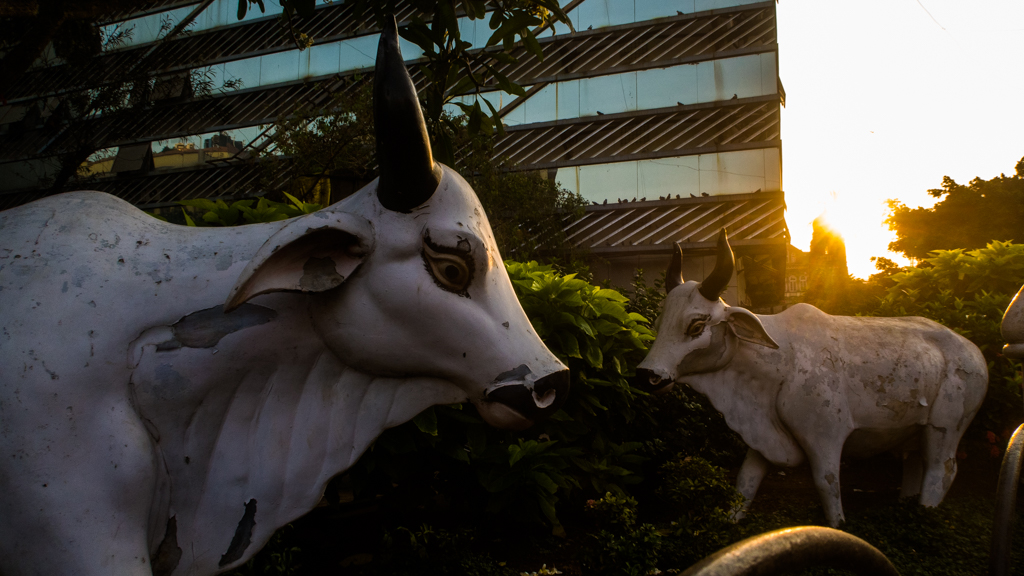 |
| Baby Food Available Here says a sign at Grant Road station for working mothers |
Mother Vs Cow As Mother
Practical Vs EmotionalPersonal Vs Community identity
Women Vs Patriarchy
Young Vs Traditional
New Vs Old wanting to be the next
 |
| Cows outside Churchgate Station |
Some interesting reading:
How to design a city for women by City Lab
"In 1999, officials in Vienna, Austria, asked residents of the city's ninth district how often and why they used public transportation. "Most of the men filled out the questionnaire in less than five minutes," says Ursula Bauer, one of the city administrators tasked with carrying out the survey. "But the women couldn't stop writing."
The majority of men reported using either a car or public transit twice a day -- to go to work in the morning and come home at night. Women, on the other hand, used the city’s network of sidewalks, bus routes, subway lines and streetcars more frequently and for a myriad reasons.
"The women had a much more varied pattern of movement," Bauer recalls. "They were writing things like, 'I take my kids to the doctor some mornings, then bring them to school before I go to work. Later, I help my mother buy groceries and bring my kids home on the metro.'"
Women used public transit more often and made more trips on foot than men. They were also more likely to split their time between work and family commitments like taking care of children and elderly parents. Recognizing this, city planners drafted a plan to improve pedestrian mobility and access to public transit."
"Fundamentally, planning and design need to consider accessibility, to be welcoming and useful to the entire community. This is important if we want communities to own, look after and celebrate their shared spaces. More mixed land uses, better and more accessible public transport (accommodating varied patterns and multi-journey trips), safety and security and the co-location of social infrastructure – the city of short distances - are important considerations in making cities more female friendly and importantly more inclusive cities for all."
"As a first step, we need a better understanding of how women and men experience and use public spaces. Sometimes the implications are counter-intuitive to typical planning. For example, urban investments that focused on “cleaning up” and beautifying cities in India drove off roadside hawkers and street vendors. But it was these extra eyes and people on the street that helped women feel and stay safe. "
Think about it!
